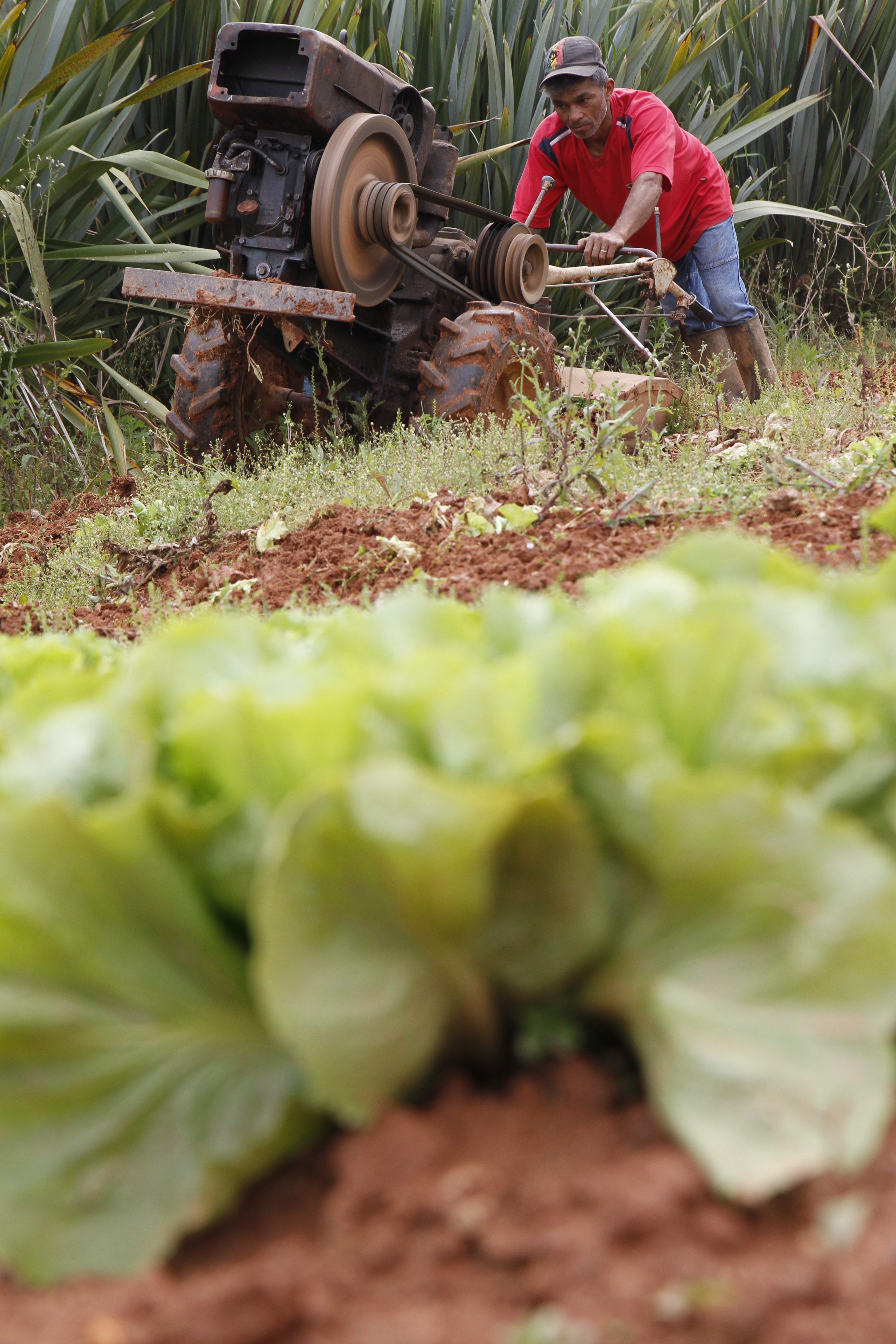City
São Paulo
Main actors
Local Government, NGO / Philanthropy, Community / Citizen Group
Project area
Neighborhood or district
Duration
Ongoing since 2003
The project’s objective is to implement a farming nucleus and satellite agricultural sites to generate urban jobs and skill-building.
Malnutrition is one of the most immediate problem that Sao Paulo has to face. The Cities without Hunger-community gardens project seeks to connect the production of food in disadvantaged communities with high population density to ameliorate the situation. The responsible organisation tries to empower communities to improve the social, environmental, and economic issues affecting them. The project aims to implement a farming nucleus and satellite agricultural sites in order to generate urban job opportunities, skill-building for participants and their dependents, systematic income generation from selling the produce and value-added processed goods, and social integration between communities and their environments. These objectives are to be achieved using a participatory process.
The main steps and instruments are to search, clean, and use abandoned sites as gardens. Inhabitants work in the fields to produce vegetables to donate to poor families, and sell at markets. The project not only fights malnutrition, but also creates jobs and income for workers in the gardens.
Measurable results include: improved nutrition and job creation. Many cities around the world face malnutrition problems. Cities without Hunger offers a smart pattern to transfer community gardens. The project won the UN HABITAT Award 2010.
Dubai International Award for Best Practices
This project was awarded the 'Dubai International Award for Best Practices' in 2010.
On Map
The Map will be displayed after accepting cookie policy








